1260 Memorial Drive
Atlanta, Georgia 30316
404-458-1330
Are My Protective Styles Really Protecting?
Mikey MoranIt doesn't take a lot of research to find out what is the best hair extension type.
Human Hair Extensions and beautiful wigs will always win.
But what to do about the styling?
Rocking a protective style has become more popular nowadays.
Some people prefer protective styles in the summer because they will be on vacation and in the pool often.
Others choose this alternative when they know their lives are about to become hectic, like giving birth or studying to finish your last semester for your Masters.
It’s safe to say everyone loves the convenience.
Who wouldn’t want to use those extra minutes you would be using to do your hair in the morning and put them towards something else.
Besides the convenience of wearing protective styles, it’s starting to become more of a fashion-forward choice full of different colors and all types of designs. So, what are the pros and cons of relaxed hair?🤔

How to Add a Protective Style
You can achieve protective styles by adding hair to your hair, or you can decide only to use your hair to braid or twist.
There are also some styles where you can pin them up, which will protect your hair just as good. There is little to no manipulation or upkeep too.
One of the reasons people get these styles is because they can enjoy longer or thicker hair.
They also want to experience different colors like this Russian Blonde Body Wave Bundles.
As fun as these styles can be, the question is if these styles are protecting your hair.
It has become customary to call any style that doesn’t have your hair out, a protective style.
There may even be some confusion as to what is considered protective and why.
So let’s clear it up!

What Is a Protective Style?
The purpose of these styles is to protect your hair from constant manipulation and the environment by tucking away the ends of your hair.
By doing this, you keep your ends moisturized. With little to no manipulation and moisturized ends, you may retain more of your length over time.
If a regimen requires you to restyle or detangle your hair every day, you may not retain length because your ends will split or break off.
If you think about the most vulnerable part of a hair strand, it would be the ends. It is the oldest part of the hair strand, which means it’s been through some things and may need some TLC.
Let’s say you retwist your hair every night and shampoo your hair every week.
After a while, you may start to see breakage, and your ends will begin to look thinner than your roots.
Some people get a silk press after they take out a protective style to see if their hair has gotten thin.
Since a correct protective style wouldn’t expose the ends of the hair, that would mean not all braided or twisted styles are protective styles.
For example, if you wear your hair in individual braids or twists and leave your hair down this is not considered a protective style.
The ends of your hair are very much exposed unless you pin them close to your scalp.
Because a healthy scalp produces its oil, keeping the ends of your hair close to your scalp would avoid your ends from becoming dry.
Make sure to check out best wigs protective styles too.

Can Men Wear Protective Styles Too?
Ok so we know about women, and kids wearing protective styles, but men wear them too.
That's right! You may not have thought about it like that, but men are walking around protecting their hair too.
They wear braids, twists, and now the infamous man bun.
Yes, a bun is a style where your ends are not exposed, so it makes the cut. Even wearing dreads can be considered protective.
Nonetheless, protective styles are not a new trend, and they are not only for women.
They help you retain length and are super low maintenance. Most men do not want the maintenance of wearing hairstyles, and honestly, women don't either.
Who wouldn't want low maintenance styles?
Some Known Protective Styles:
- Full Sew-Ins
- Crochet braids
- Twist
- Ponytails Protective Style
- Pinned updos
- Buns
- Human Hair Wigs
- Dreads
- Quick Weave Hairstyles

I Took Out My Protective Style and Now My Hair Is Damaged
It is unfortunately very common and typically happens because of one of these reasons:
- Synthetic hair added to the style.
- The tension is pulling the hair too tight away from the scalp.
- There was no moisture added to your hair before the protected style.
- Your hair was already unhealthy and needed hair treatments before the protective style.
- You left it in too long.

Protective Styles Must Start with Healthy Hair
I usually tell my clients if your hair is not healthy, to begin with, a protective style that you leave in for more than two weeks is not the best thing to do.
Before you protect your hair, you want to make sure it is in a good state to protect in the first place.
You want to wear styles that you can easily moisturize, shampoo, and condition every week or two.
If you can not easily get to your hair to care for it when it’s in need, your hair will most likely be more damaged after the style.
The more time you put in between treatments that are required, the faster your hair becomes damaged.
You will always need keep the hair underneath the extensions clean and healthy.
You may not always need to shampoo your hair, but you should condition it often.
If your regimen is to shampoo and condition your hair every two weeks, your hair may not react well after leaving in a two-month sew-in.
In the colder months where there isn't much moisture in the air, you want to be mindful of how long you go without conditioning and moisturizing your hair.
If you can not get to your hair with a moisturizer, you can spray your hair with a leave-in or oil mixture.

Synthetic Hair Is Cheap but at What Cost?
As far as synthetic hair, as creatively convenient it is to make your 6-inch hair look like 18-inch hair, of course, there can be a downside.
It is a fiber that has a wax-like cast over each strand, which is sharp enough to cut right through our hair.
If your hair is dry, actively shedding, breaking, or if it is just dehydrated, you do not want to add synthetic hair to your styles.
Synthetic hair can steal the moisture from your hair, and we know once the hair is dry it can easily break off.
Because of how sharp it is a whole braid can break off from your roots.
Crazy right!
When it comes to your scalp, you want to clean synthetic hair before applying it near your scalp. There are tons of videos of people showing how they sanitize synthetic and human hair.
People have had severe scalp reactions to unsanitary synthetic hair.
If you want a good quality affordable hair, you should check our warehouse cheap human hair bundles.
When wearing a protective style, you can use light oils or oils that aid in relief to apply to your scalp once a week if it becomes dry.
Oils such as castor and coconut can be too thick to apply to your scalp more than once in between shampoos.
Scalp Oils to Consider
Oils:
- Rosemary
- Teatree
- Grapeseed
- Jojoba

Prepare Your Hair's Vacation
Set your hair up for success by getting your hair healthy before you plan your protective styles.
It will be up to you to make sure you’ve done all you can to prepare your hair for this vacation.
For example, dehydrated hair would need to get a steam hydration treatment with a moisturizing or hydrating conditioner every two weeks.
Before the protective style, try to get two steam hydration treatments done to your hair.
Dry hair would need to be moisturized with a cream-based moisturizer, with water as the first ingredient, every day or every other day.
Also if your styling involves any glue you may need Glue Skin Prep to prevent against any irritation.
One essential service to get before any protective style is a professional trim. Trust your stylist to trim what is necessary because if you don’t cut your split ends above where they have split you have not solved the problem.
Split ends will continue to split and keep the hair strand dry resulting in breakage unless you trim above the split.
The last thing to consider is if you have not had a protein treatment in the last six weeks, you can add that to your preparation list.
Give your hair a thorough evaluation before committing to this trip.

Hold Your Stylist Accountable
Many salons prefer you not to put anything on your hair because it can be difficult to braid hair with proper tension if you apply moisturizing products.
If this is the case, make sure your stylist at least uses an actual moisturizer to your ends before styling.
Moisturizing your ends before locking them away for a few weeks will help prevent your hair from becoming dry and splitting.
It is popular to use edge control products or gel at the roots when achieving protective styles to give it a sleeker look but doing so will clog the cuticle in the hair strand.
That will result in excessive shedding once you take your hair down.
Now, your hair sheds anyway, every day. So of course if it were in a protective style for two weeks or longer, once you take it out it will seem to be shedding excessively.
Try not to get this confused with your hair actively shedding. Meaning, after you detangle and shampoo your hair, it is still shedding.

Communicate with Your Stylist
You also want to go to a Stylist that will not compromise the health of your hair to make a style look perfect.
If it feels like they are pulling too tight, you want to get them to let up. If your style is tight, you do not want to restyle your hair by pulling it up in ponytails or buns.
I mean, I know you’re excited but did you need to style your faux locs five different ways in the first two days of getting them done?
I’m not trying to stop you from being GREAT but just consider this, once a hair strand is pulled from the scalp before the natural shedding stage it can take the hair strand 135 days or more to resurface.
The surface would look and feel smooth with no hair.
Let’s say some braids took out your edges. You do not have to run to get the castor oil or expensive hair growth pills.
A regular biotin pill a day may help speed up the process but not by much. Your hair will grow back; it will just take a few months.
If it has been months and still no growth, then you may want to get your scalp examined.
In the meantime, stir clear from tension and headbands. I know you’re thinking, “I can’t do anything!” Of course, you can, but we are getting the bad news out the way before the good.
Stick with me.

The Good News about Protective Styles
Finally the good news!🎉
There are many cases where a protective style is just what your hair and your life need.
I have clients that get the treatments and trim before the protective style, and once they take their hair out, their hair was more manageable afterward. It didn’t take long to detangle or style.
Sometimes with our curly hair, it isn’t easy to properly moisturize or treat every hair strand the same.
You would normally get your hair thoroughly detangled before any protective style, and it would stay that way. That helps if you have tight curls and usually rock the wash n go.
You can lose moisture when your hair is out all the time.
That when you want to take Kinky Curly Hair Extensions into consideration.
A protective style might be just what you need.
The best way to wear your protective styles is without synthetic hair and after your hair has been treated. But, if you're feeling jazzy, you can add synthetic hair for color and length.
Sanitizing the added hair and limiting the wear time to less than two months will give you better results once you take down the protective style.

More Tips for Protective Styles
I know it may seem like you have to be cautious with everything when it comes to your hair but it is for a good reason.
If you have some tips for protective styles just leave them in the comments below!👇🏾
Check our Glueless Wigs collection for the most convenience protective style!

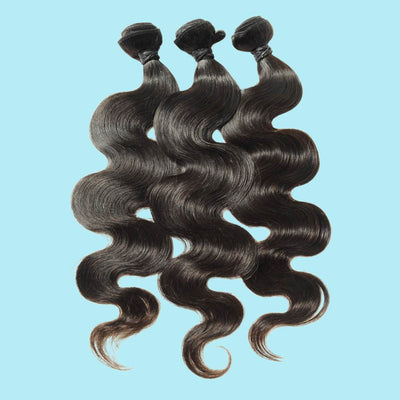
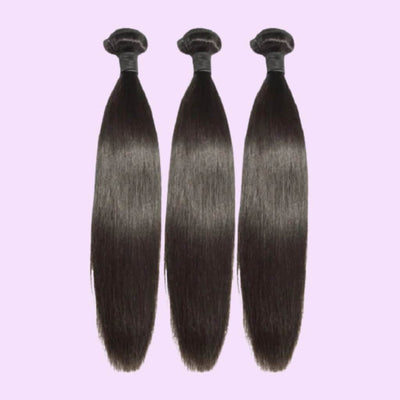
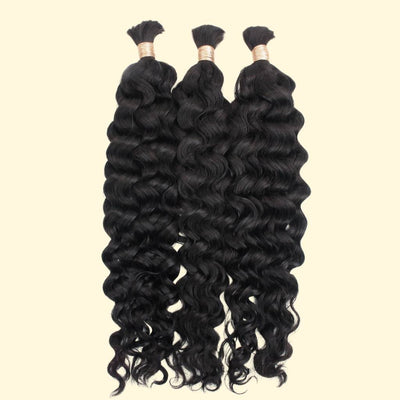
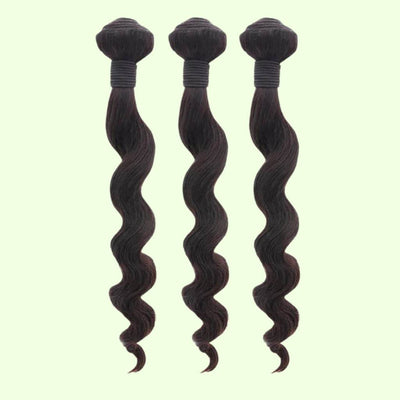
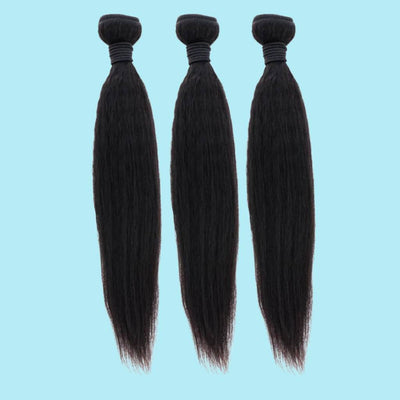
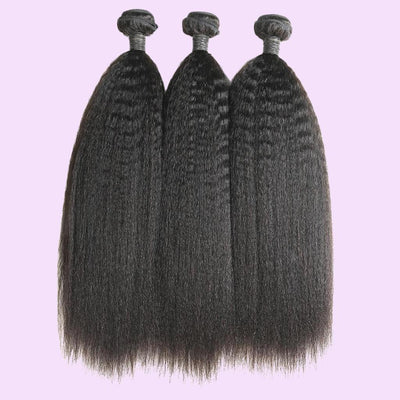
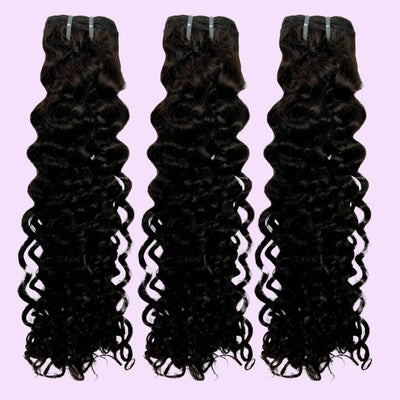
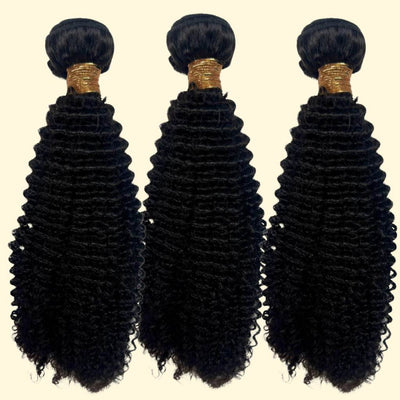

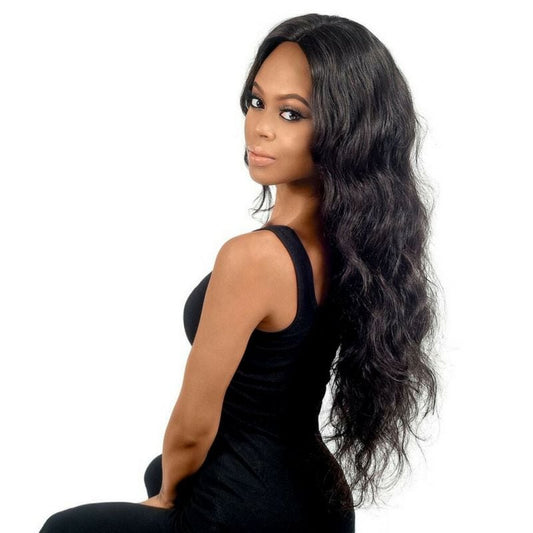
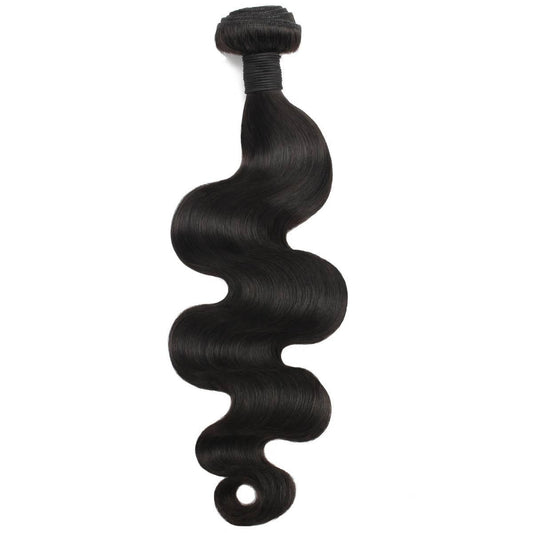
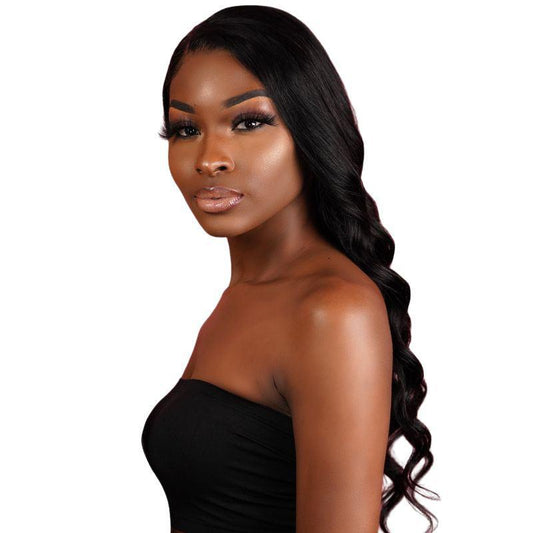
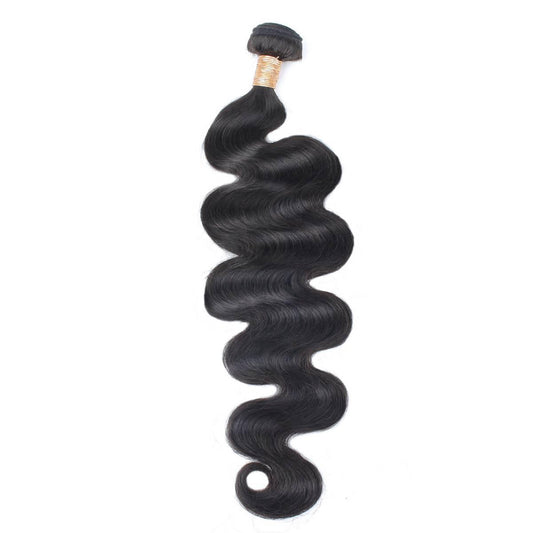
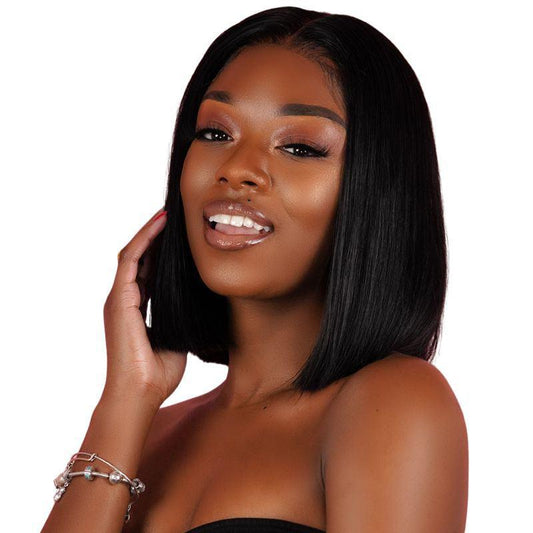
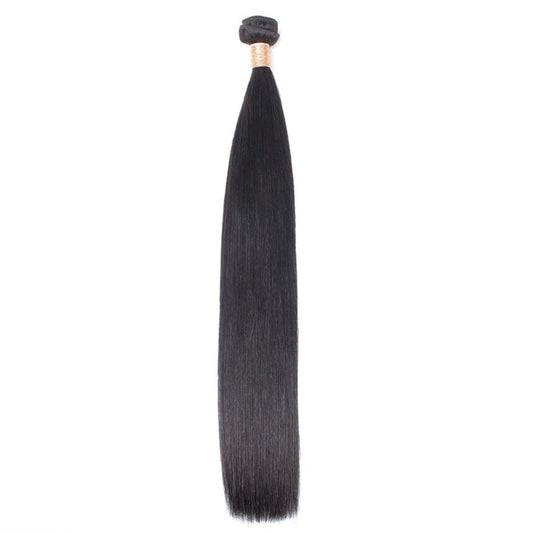
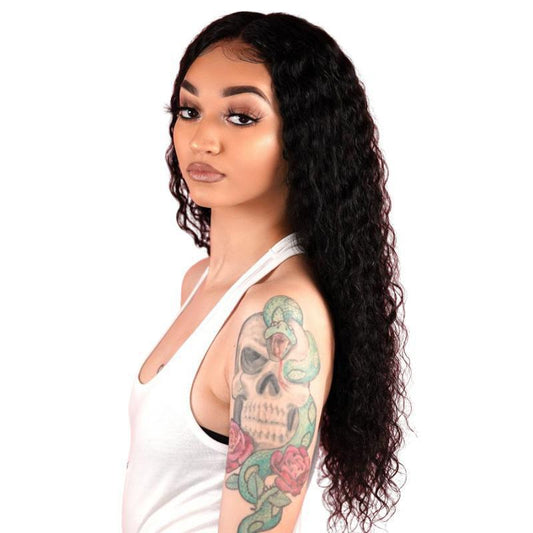
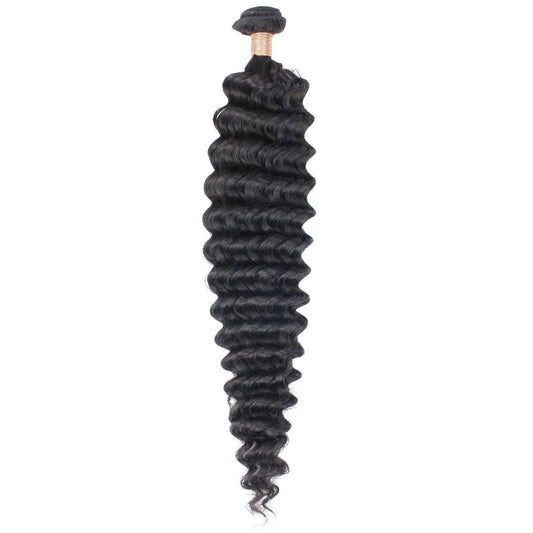
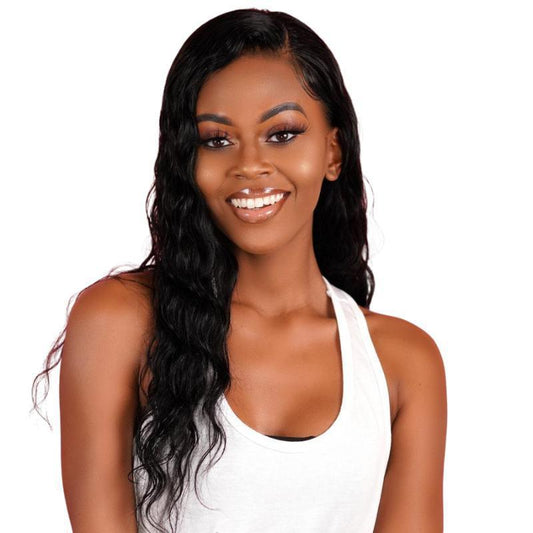
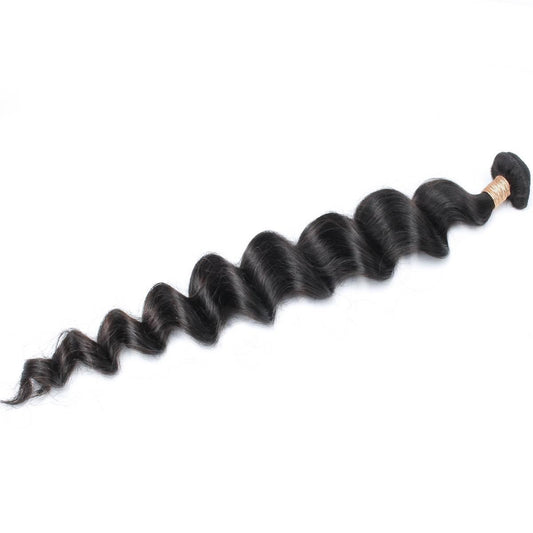
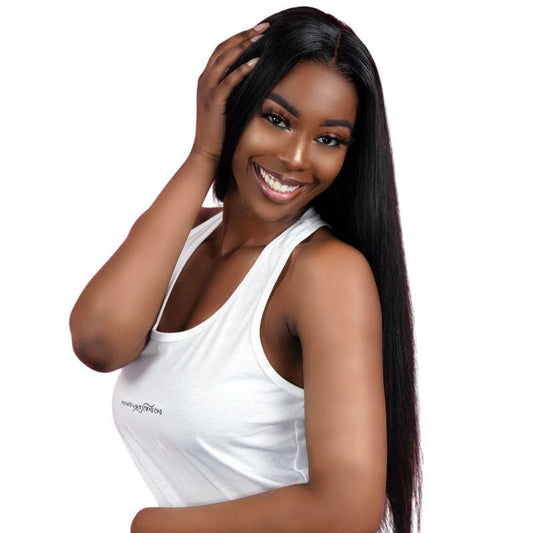
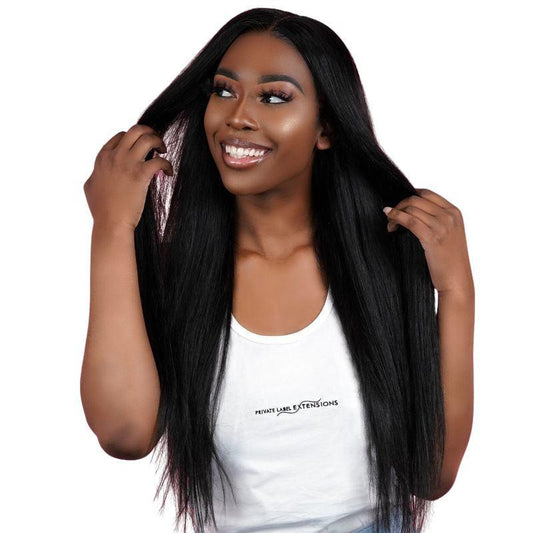
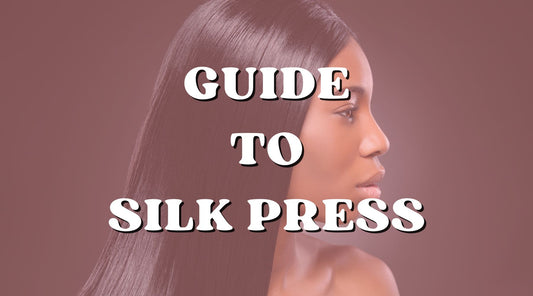
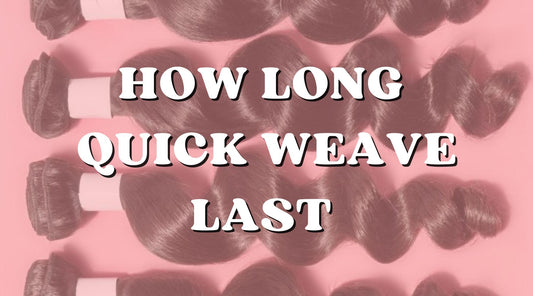
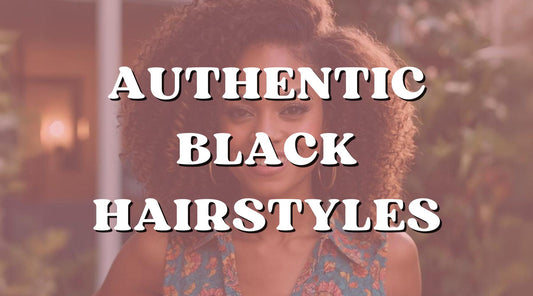
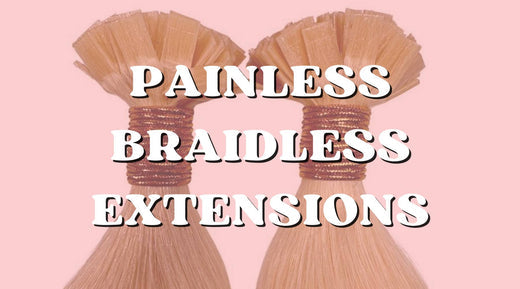
1 comment
Which protective style is most effective in retaining length and maintaining healthy hair?